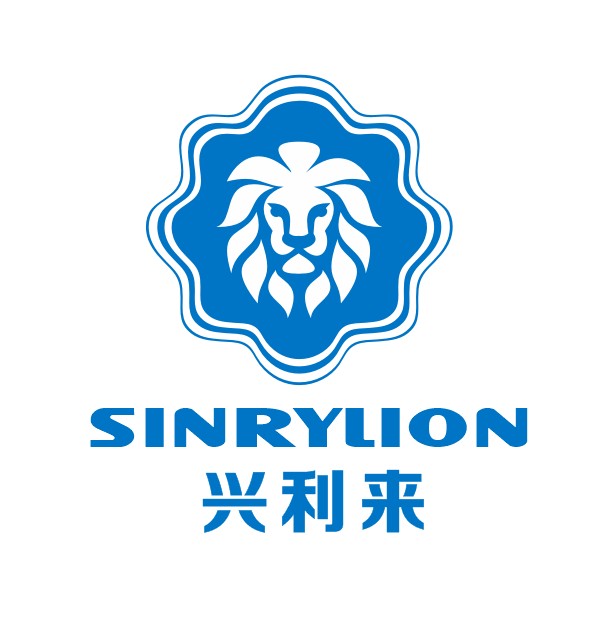Why are yarns twisted?
2023-07-29
Sinrylion is a professional polyester twisted yarn manufacturer. In the process of spinning, short fibers need to be twisted for spinning into yarns, and filaments also need to be twisted for processing or improving compactness.
In a broad sense: during the spinning process, the yarn sliver (shaft, yarn, thread, silk) is twisted, twisted or axially wound around its axis, so that the yarn can be twisted, wrapped, intertwined or networked. called twisting.
The purpose and requirements of twisting
Spun yarn: On the basis of the end-to-end overlapping of fibers, they are consolidated to make them a continuous yarn, giving the yarn a certain strength.
Filament: form a compact structure that is not easy to be damaged laterally, improve processability, improve anti-pilling and snagging resistance, and strong twist makes the fabric unique.
Single yarn twisting into strands: make the structure of the yarn uniform, increase the strength, reduce the unevenness of the strength, and improve the physical properties such as luster, hand feeling, elasticity and extensibility.
Fancy Yarns: Get a variety of fancy threads with a special look.
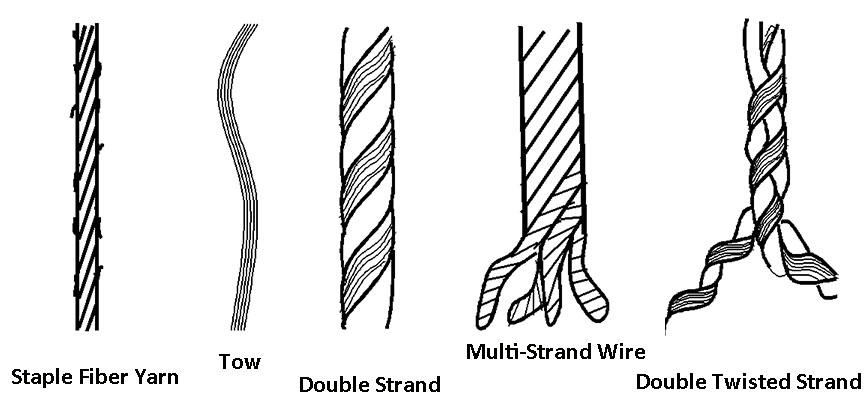
The purpose of twisting
Strips become yarn or yarn, threads become strands
Obtain a certain structural form, so that it has certain physical and mechanical properties and appearance.
Twisting requirements
1. The yarn should obtain the best properties such as strength, elongation, elasticity, flexibility, luster and hand feeling;
2. Diversify the structure of the yarn;
3. It can improve the twisting efficiency of the yarn.
Advantages of twisted yarn
(1) After being twisted by a polyester yarn twisting machine, it has certain strength, extensibility and elasticity, and can withstand various mechanical forces in textile dyeing and finishing processing and use.
(2) It has good length, friction and cohesion, and strong spinnability. Fibers that are too short can only be used for papermaking or as recycled fiber raw materials.
(3) It has hygroscopicity and heat invariance, which is beneficial to dyeing and finishing processing and comfort when taking.
(4) It has good chemical stability and dyeability, and is suitable for water and chemical agents (including acids, alkalis, oxidants, reducing agents, and some biological enzyme preparations, etc.) used in dyeing and finishing. Dyeability ensures that the final textiles are vibrantly colored and preferred by consumers.
The Essence and Measurement of True Twist Twisting
Twist essence
The fibers in the outer layer produce inclined helical twists, the fibers are twisted and deformed, and the yarn slivers are tightly entwined, which changes the structural shape and mechanical physical properties of the fiber collective.
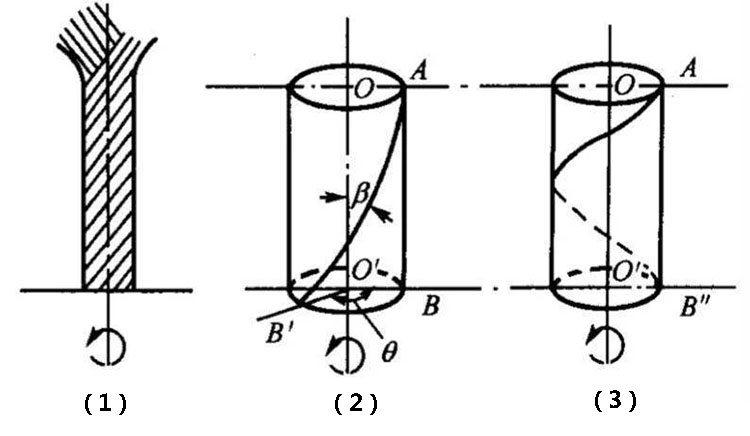
Measure of true twist
Twist
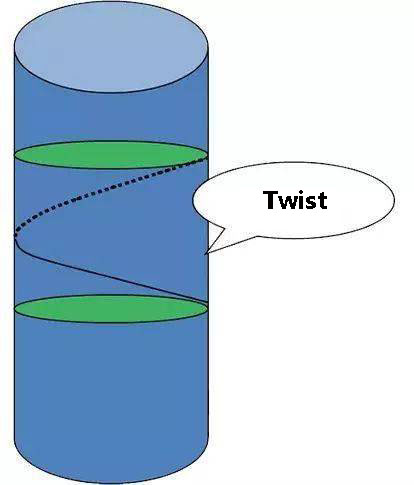
The two sections of the yarn produce a 360° angular displacement, which becomes a twist, which is commonly referred to as a turn.
The number of twists per unit length of yarn is called twist. my country's cotton-type yarn adopts the twist of the special number system, which is expressed by the number of twists within a yarn length of 10 cm; the twist of the combed wool yarn and chemical fiber filament adopts the metric count system, which is expressed by the number of twists per meter; in addition, There is also an imperial count system twist expressed in the number of twists per inch.
Twist angle
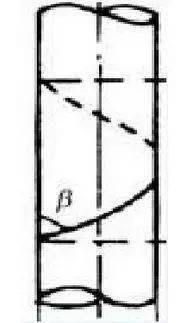
Before twisting, the fibers in the yarn are parallel to each other, and after twisting, the fibers are inclined. The greater the degree of twisting of the yarn, the greater the inclination of the fiber, and the degree of twisting can be expressed by the inclination angle of the fiber in the yarn—the twist angle β.
Two yarns with the same twist have different degrees of twist due to their different thicknesses. The thicker yarn has a greater degree of twist and a larger twist angle β.
Twist width
If the cross-section of the yarn is regarded as a circle, the angle between the fibers at different radii and the axial direction of the yarn is different. In order to express this situation, the index of twist amplitude is introduced.
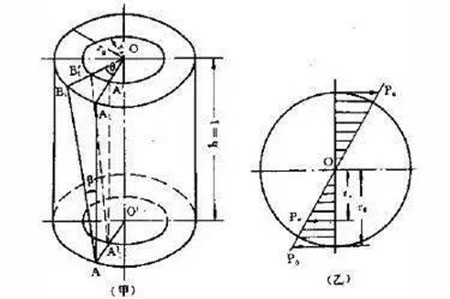
Twist cannot be used to compare the degree of twisting of yarns of different thicknesses, because with the same twist, the fiber inclination of the thick yarn is greater than that of the thin yarn. In actual production, the twist coefficient is often used to indicate the degree of twisting of the yarn. Twist coefficient is the relative value of yarn twisting degree combined with linear density, which can be used to compare the twisting degree of different thickness yarns. The twist coefficient can be calculated according to the twist of the yarn and the linear density of the yarn.
Twist direction
The twist direction refers to the inclined direction of the fibers in the single yarn or the single yarn in the strand after the yarn is twisted. It is divided into Z twist and S twist. After twisting, the twist direction of the yarn is from the lower right corner to the upper left corner, and the inclination direction is consistent with the middle of "S", which is called S twist or hand twist; the twist direction of the yarn is from the lower left corner to the upper right corner, and the inclination direction is the same as "S". The middle part of Z" is called Z twist or backhand twist. Generally, single yarn often adopts Z twist, and ply yarn adopts S twist.

The twist direction of the strands is represented by the twist direction of successive twists. For example, if the single yarn is Z twist, the primary twist is S twist, and the double twist is Z twist, the twist direction is represented by ZSZ. The twist direction of the yarn has a great influence on the appearance and feel of the fabric. Using the twist direction of the warp and weft yarns to cooperate with the fabric structure, fabrics with different styles such as appearance and feel can be woven.
·In plain weave fabrics, if the warp and weft yarns are twisted in the same direction, the resulting fabric will have greater strength, but poor luster and a harder handle.
·Twill weave fabric, if the twist direction of the yarn is opposite to the direction of the twill line, the twill line will be clear and full.
·Z-twisted yarns and S-twisted yarns are arranged at intervals in the fabric to obtain hidden grid and hidden stripe effects.
·Z-twisted yarn and S-twisted yarn are combined and twisted to form wrinkle effect, etc.
 English
English 한국어
한국어 বাংলা ভাষার
বাংলা ভাষার हिन्दी
हिन्दी Türkçe
Türkçe русский
русский